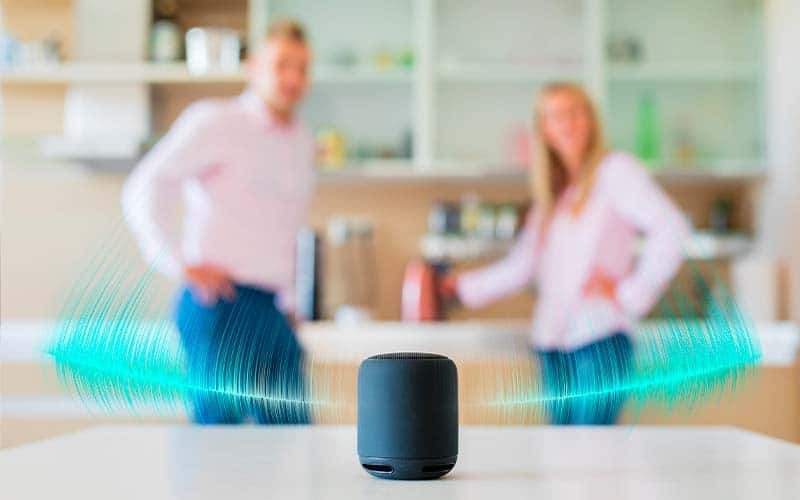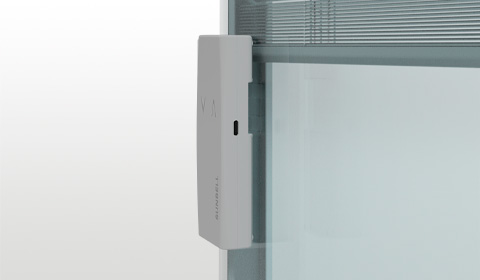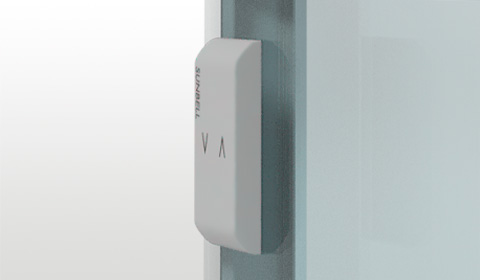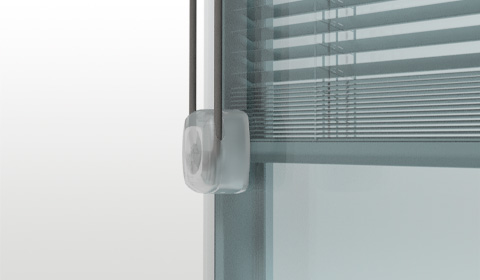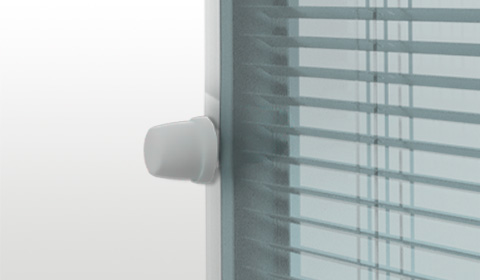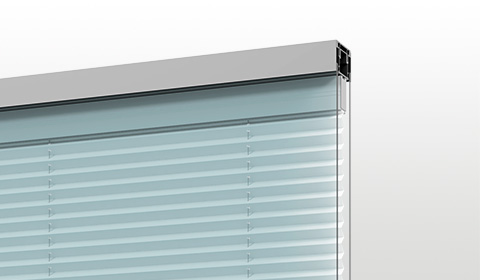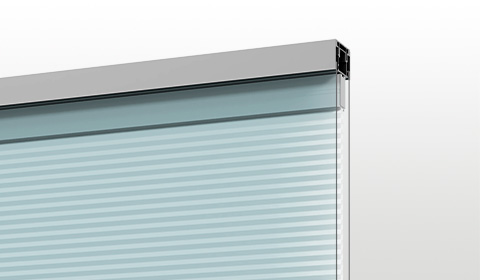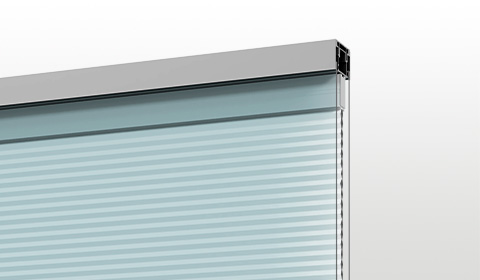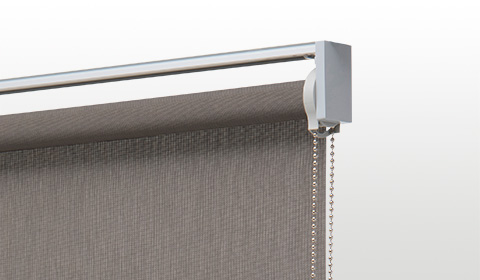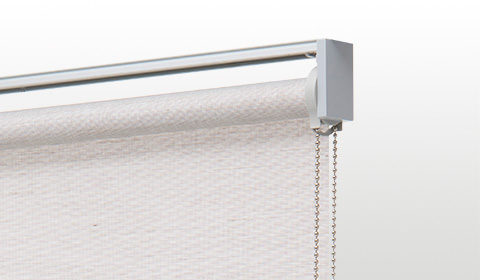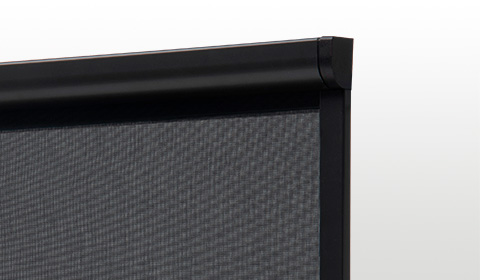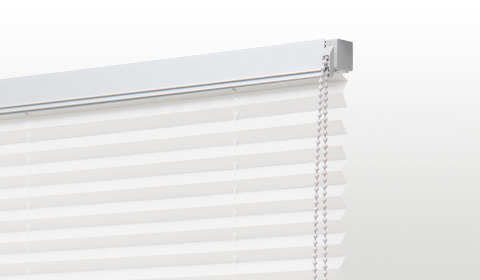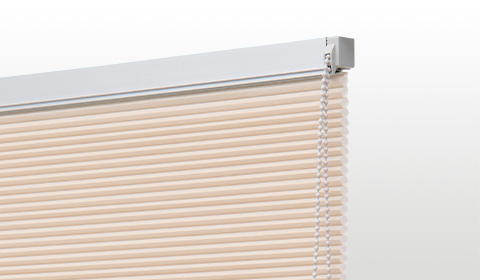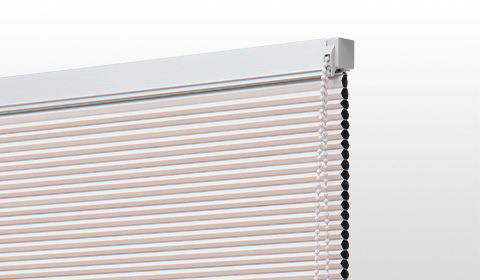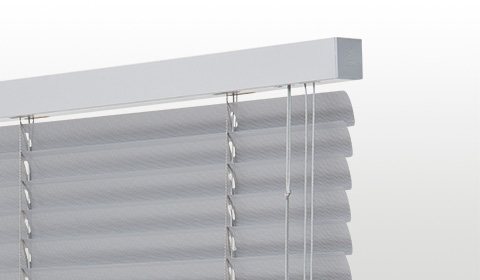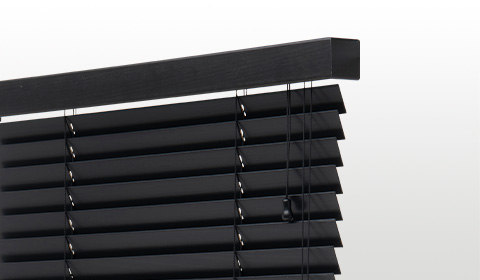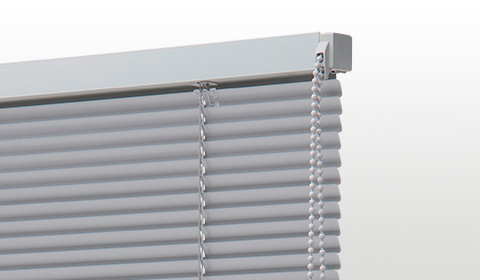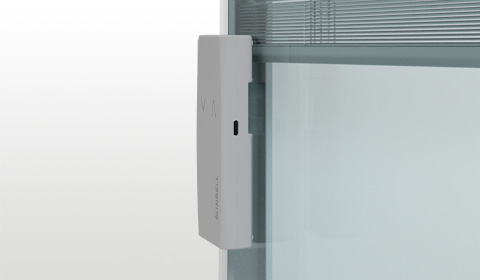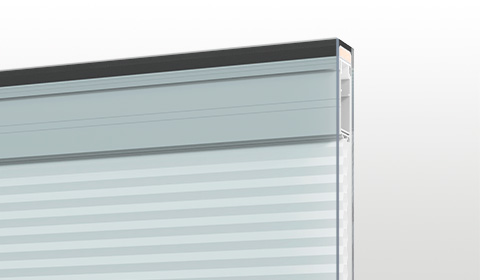Touchless devices are increasingly revolutionizing the way we live at home. Voice-controlled systems are being used more and more often, especially since they are designed to adapt and integrate perfectly into our pandemic lifestyle.
The need to interact remotely with things and people has led all of us to rely on touchless technology. Does this mean that the next trend will result in the disappearance of buttons and switches?
Not necessarily. However, rapid global changes have changed the way we relate to home devices. Let’s see how.
Voice commands and apps as substitutes for switches
We now have a completely different approach to interacting within the spaces of our home than we did in the past.
These days we can open the door by turning off the alarm through an app installed on our smartphone and, when we enter, a sensor can turn on the light.
All taps in the house can be equipped with sensors for turning the water on and off.
A smart speaker can start our favourite music through a simple voice request, and an app like Ai-Sun can open the curtains at a particular time.
In leading full lives, we search for autonomous devices that simplify our daily activities as much as possible.
Stand-alone and easy-to-programme devices
As our commitments cause us to spend more time outside the home, there is a need to have appliances and autonomous devices that can be programmed to carry out certain activities.
That is why robot vacuum cleaners, for example, are becoming increasingly popular: their functions can be activated remotely.
Switches are being replaced by voice commands, touchless devices and new systems with integrated wireless connection.
Lights can be turned on and off without switches; curtains can be drawn or opened in a new, aesthetically pleasing way.
As well as being more practical, touchless devices also have a simpler and less chaotic design (no wires and switches). Just think of the elegance of double-glazing blinds that can be managed with an app.
Reassuring and easy-to-use systems
Touchless devices are simple to use; they can be activated with a voice command that makes everything even easier to manage.
Being secure in the knowledge that once you leave the house a voice assistant will ensure that the lights are turned off, and that certain utilities are deactivated, is an advantage in terms of peace of mind.
Although touchless is a new technology, its ability to be used intuitively, with only a little initial practice, makes it clear that the future of home management has no buttons and switches.
The future is touchless
In the near future, not only will there be no need to press a button to activate our appliances, but most likely the appliances will know for themselves when and how to turn on.
This is already an important development in terms of optimising energy consumption: using geolocation apps on smartphones, heating systems will know when to activate, and curtains will know when to open and close to reach the optimum temperature on our return home.
This shows us how, without touching, and almost without thinking, our relationship with home devices will include an ever decreasing number of interactions.

